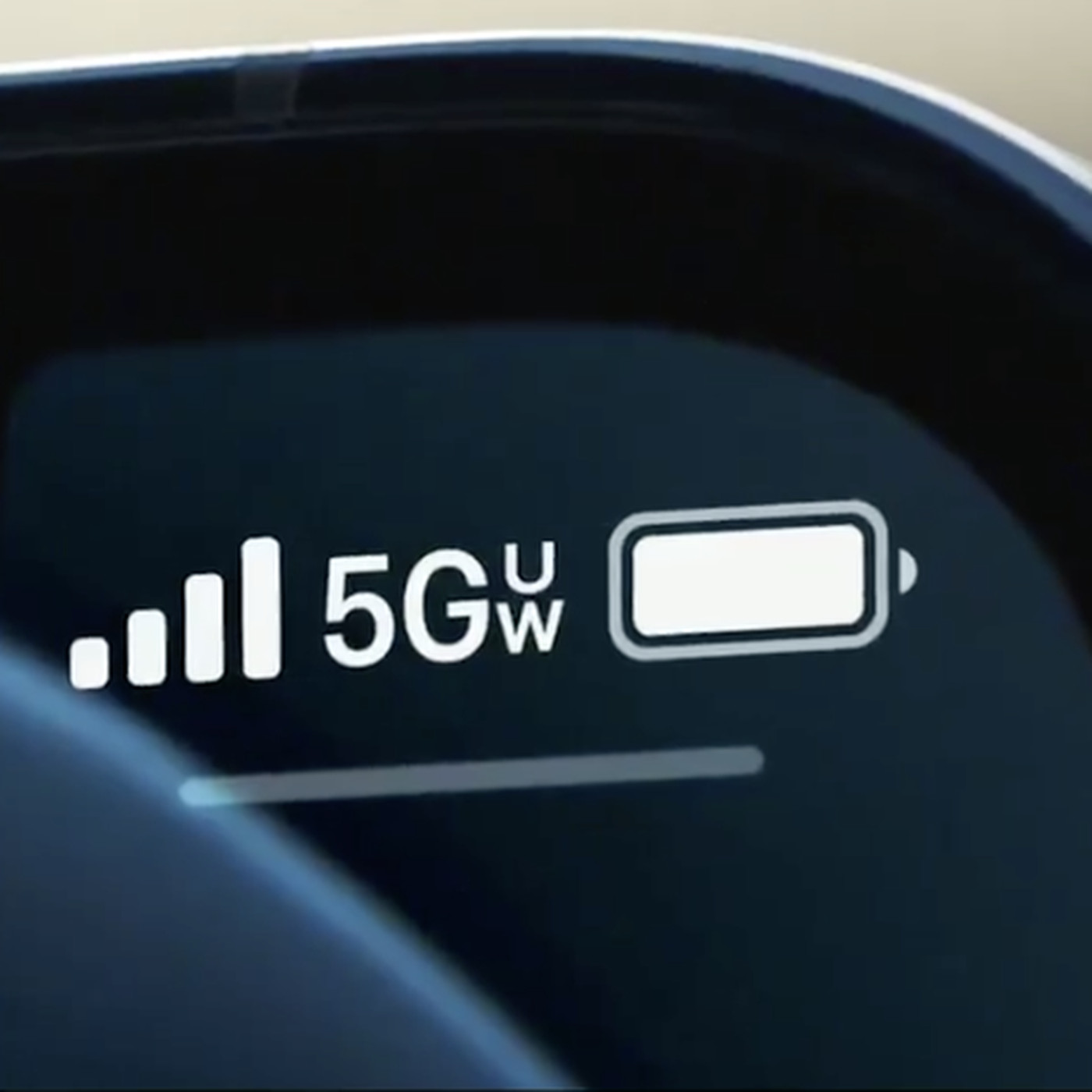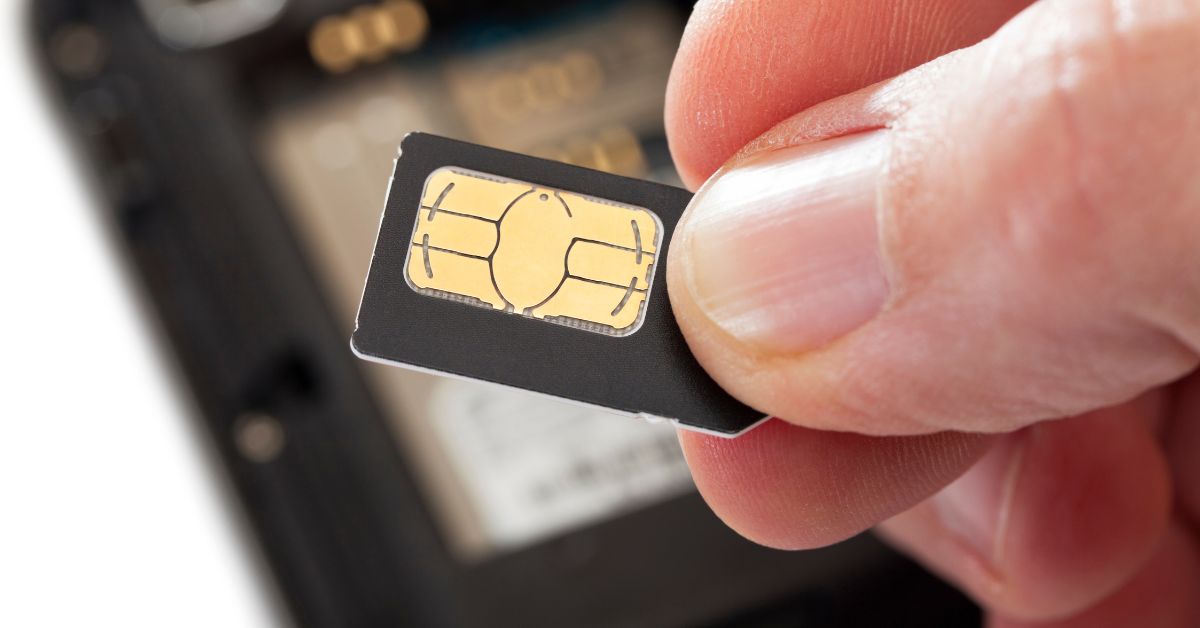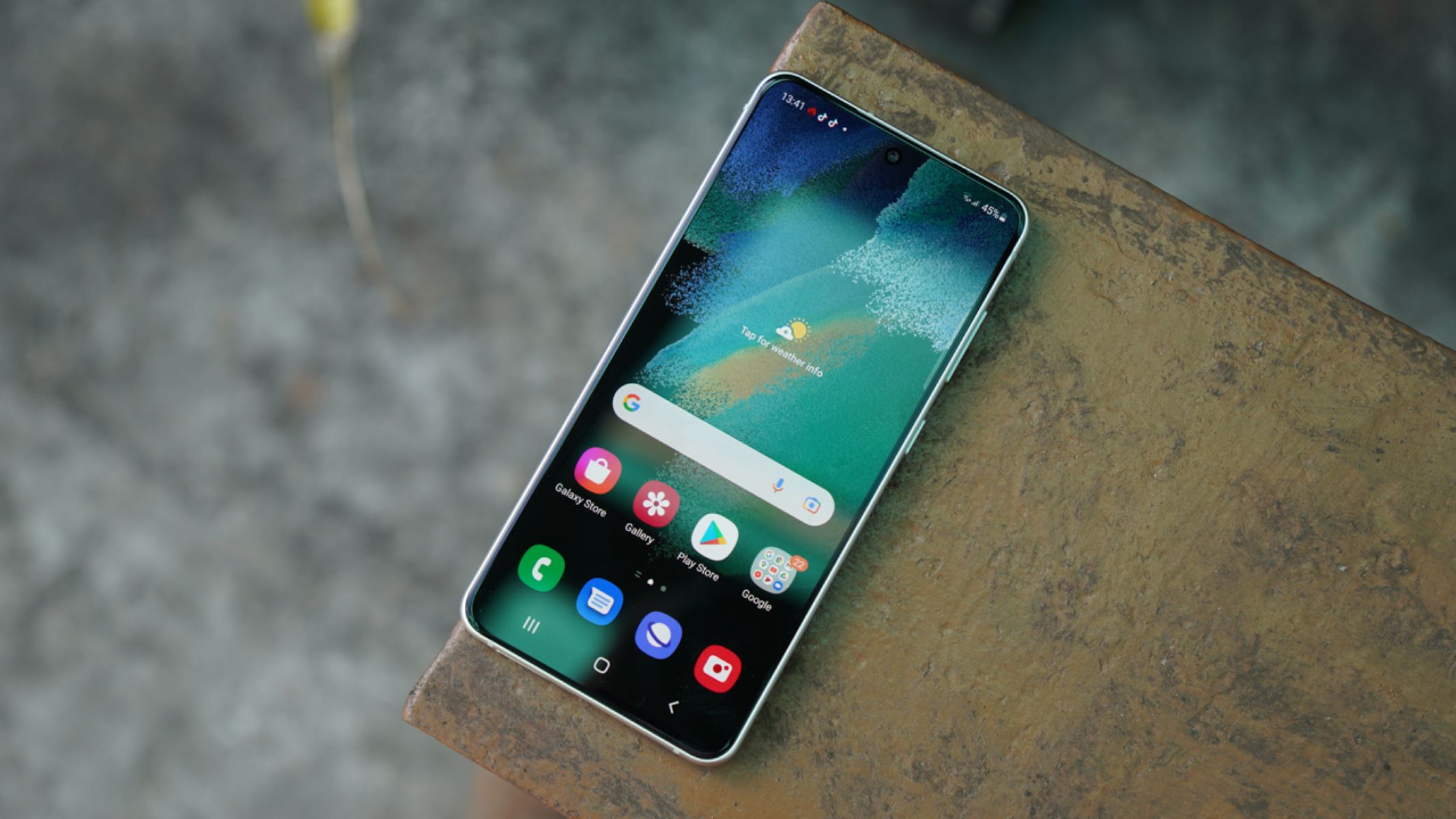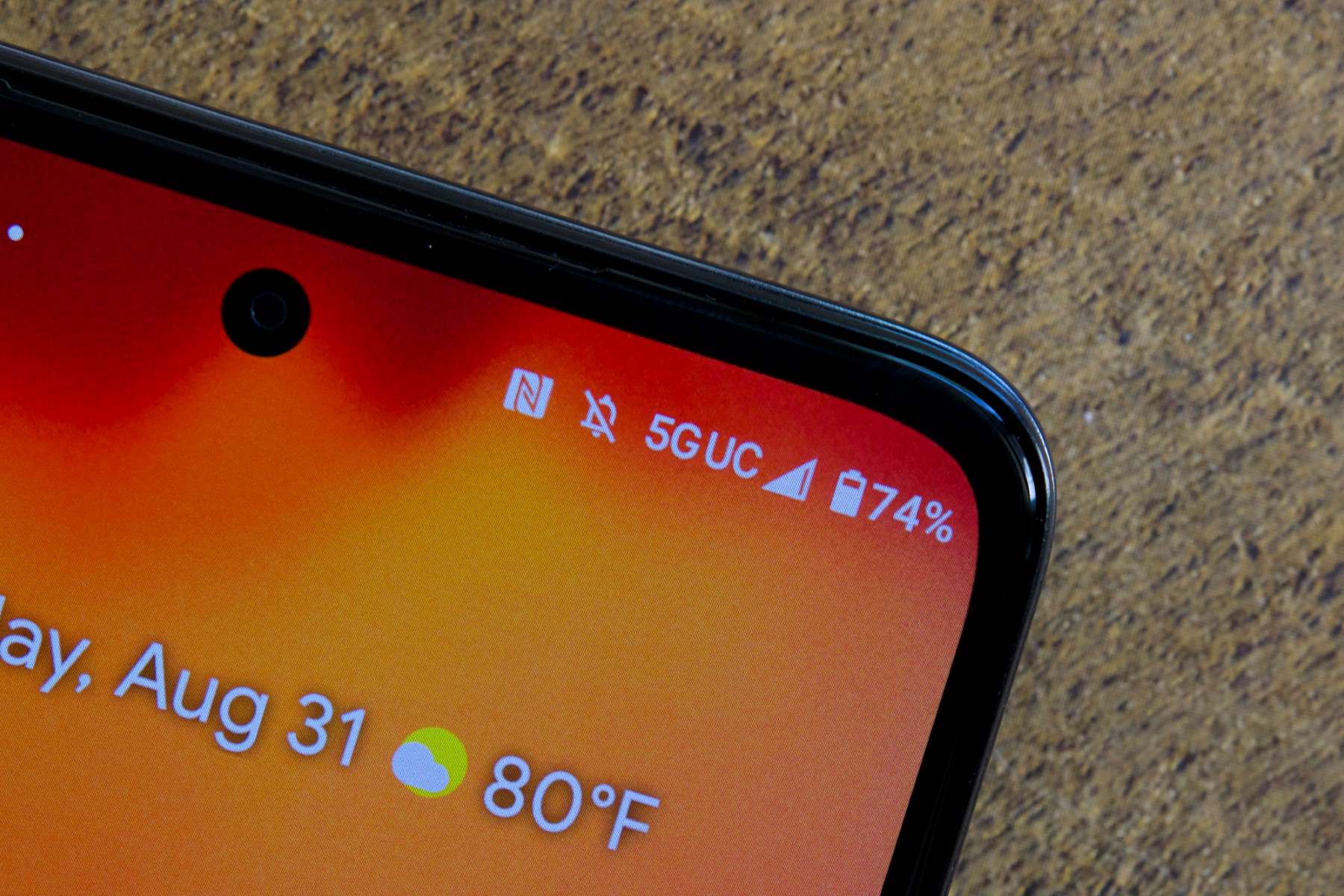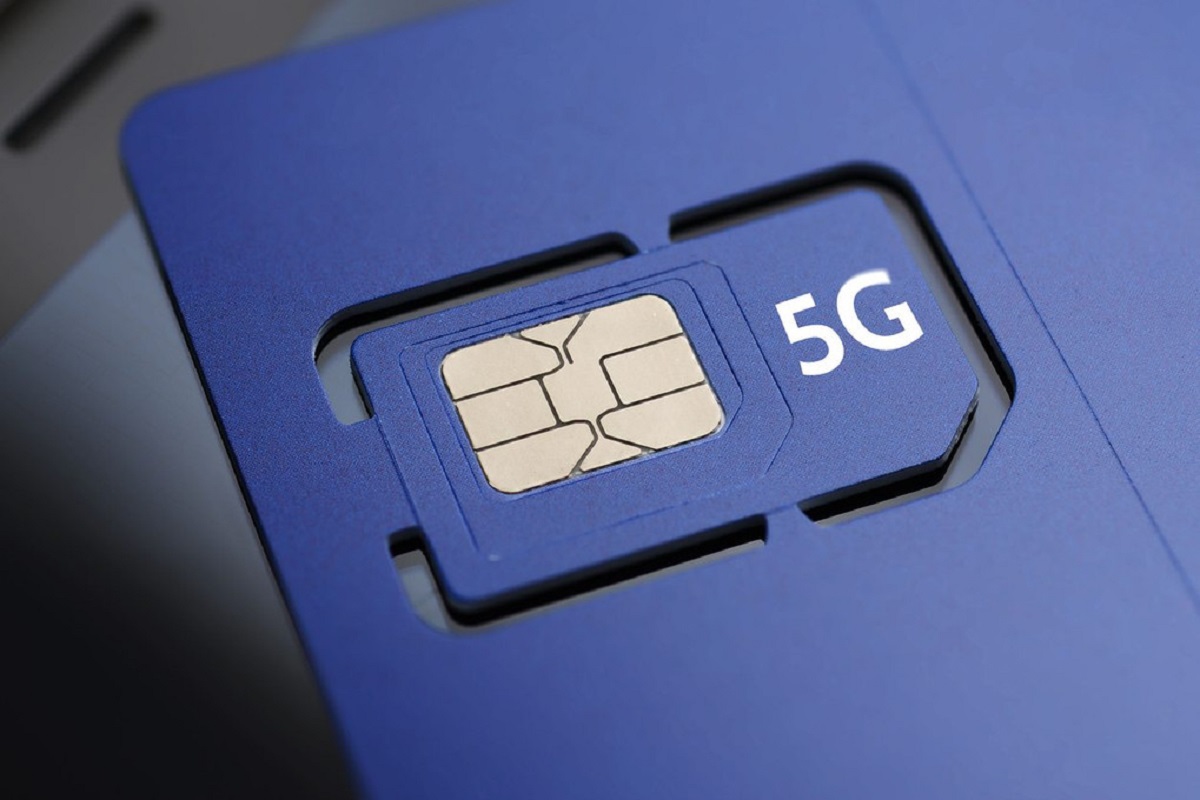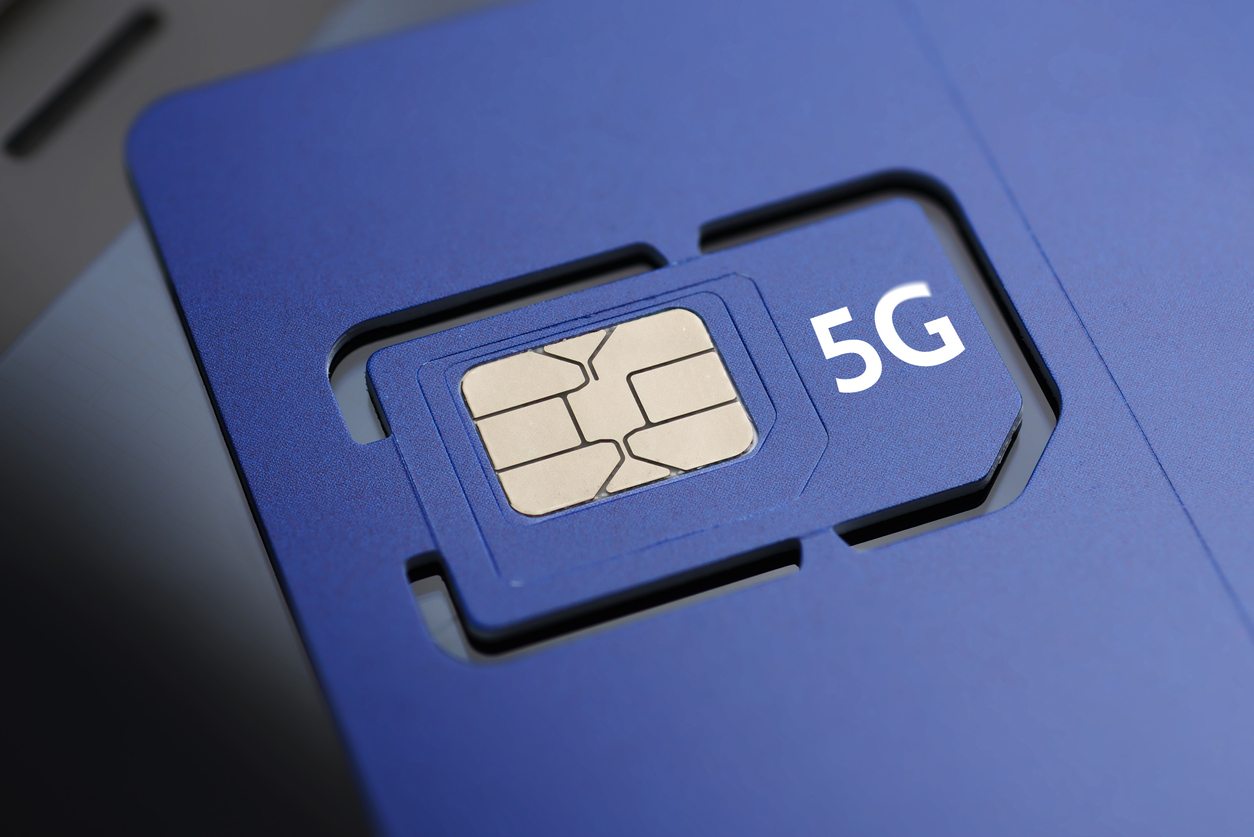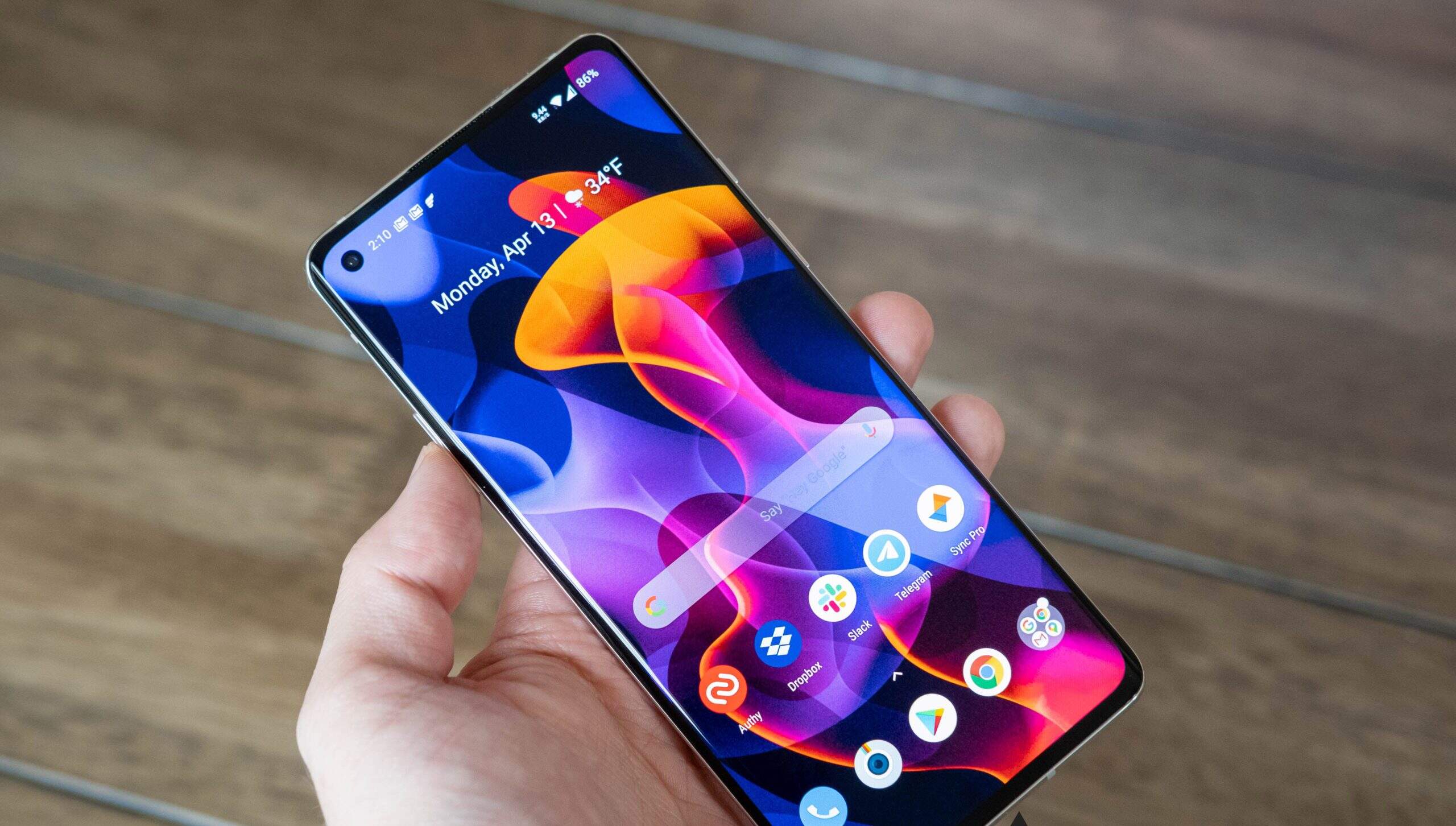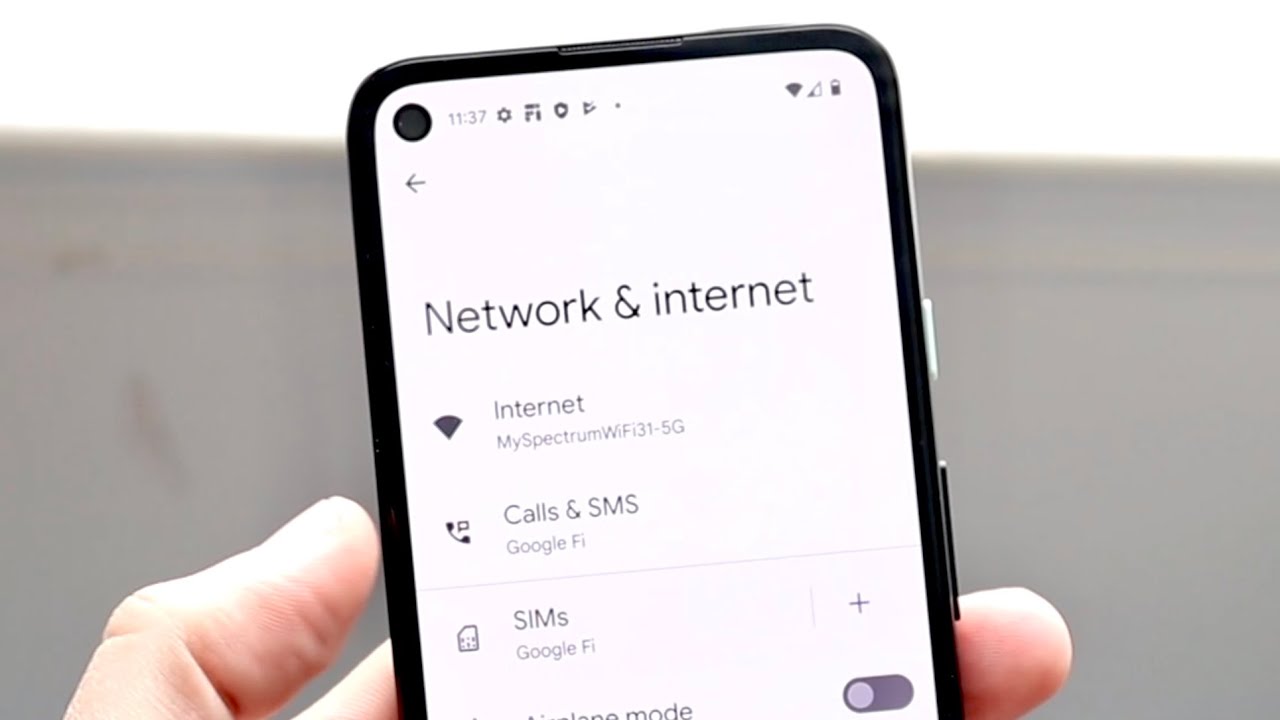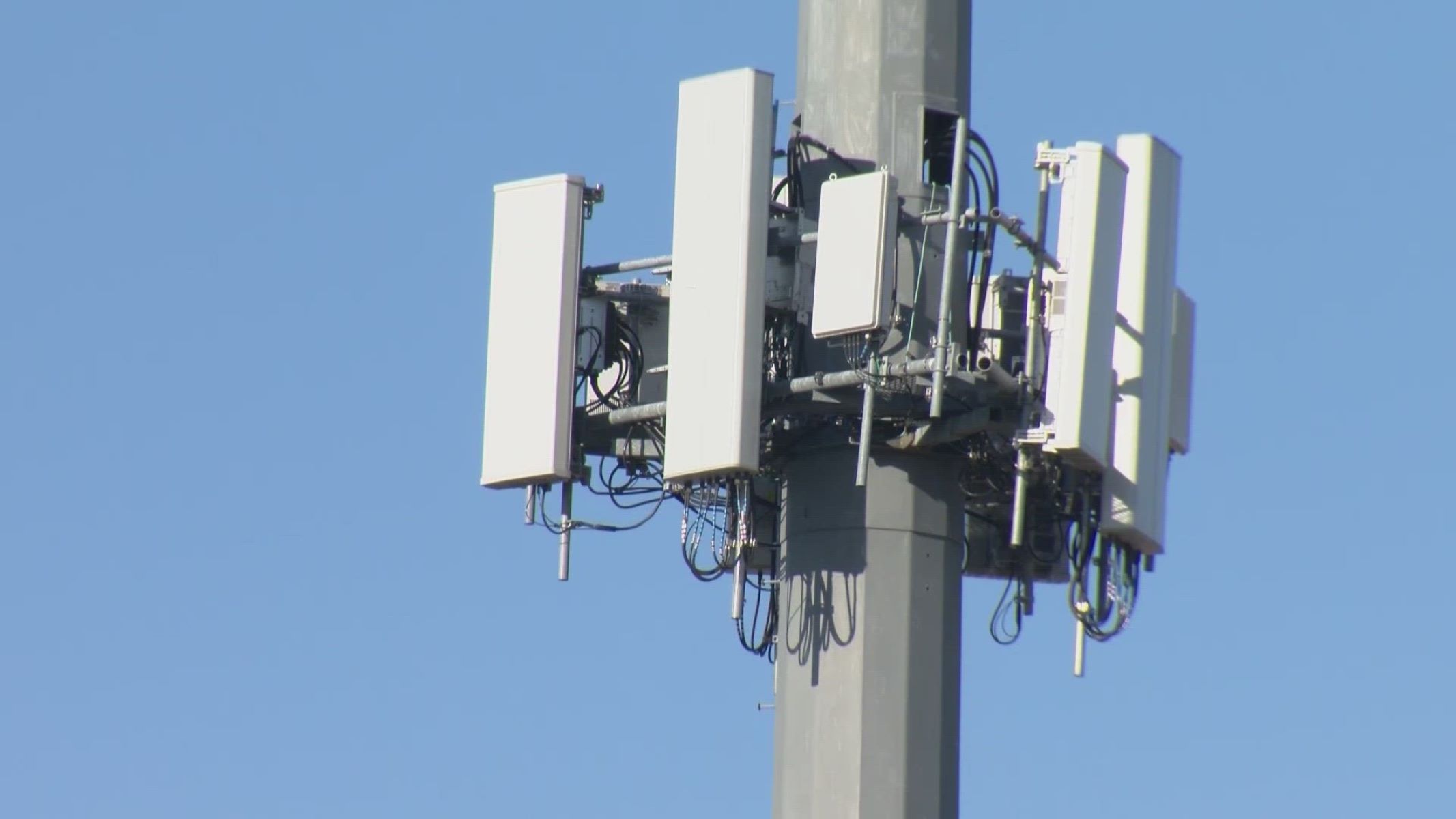What is 5G?
5G, which stands for fifth-generation, is the latest wireless communication technology that promises faster speeds, lower latency, and more reliable connections than its predecessors. It is set to revolutionize the way we connect and interact with the digital world, offering unprecedented performance that will power the future of technology and communications.
Unlike previous generations of wireless technology, 5G is designed to handle a wide range of applications, from ultra-high-definition video streaming to autonomous vehicles and smart cities. It operates on higher frequency bands and utilizes advanced antenna technologies, such as beamforming and massive MIMO (Multiple Input Multiple Output), to deliver faster data speeds and increase network capacity.
The main goals of 5G technology are to enhance mobile broadband, enable massive machine-to-machine communication, and support mission-critical applications with ultra-reliable and low-latency connectivity. With speeds up to 100 times faster than 4G, 5G is poised to provide seamless connectivity for large-scale deployment of Internet of Things (IoT) devices, enabling smart homes, connected vehicles, and improved industrial automation.
One of the key features of 5G is its ability to handle a significant increase in the number of connected devices. This is crucial as the demand for data continues to grow exponentially. 5G networks are designed to support a massive number of simultaneous connections, accommodating not only smartphones but also various IoT devices and sensors. This scalability is essential for the widespread adoption of technologies such as autonomous vehicles and smart infrastructure.
In addition to its speed and capacity, 5G aims to deliver ultra-low latency, reducing the delay between sending and receiving data. This near-instantaneous responsiveness is vital for applications that require real-time interactions, such as remote surgery, virtual reality gaming, and autonomous vehicle control. By minimizing latency, 5G technology opens up new possibilities for immersive experiences and transformational services.
In essence, 5G is set to redefine connectivity and enable a new era of innovation. Its fast speeds, low latency, and high capacity will empower industries, revolutionize communication, and unlock the full potential of emerging technologies. As 5G continues to roll out worldwide, we can expect exciting advancements and transformative changes across various sectors, from healthcare and transportation to entertainment and beyond.
What are the benefits of 5G?
The advent of 5G brings with it a multitude of benefits that will not only enhance our daily lives but also drive innovation and transform industries. Here are some of the key advantages of 5G technology:
1. Blazing Fast Speeds: One of the most significant benefits of 5G is its lightning-fast speeds. With download speeds potentially reaching up to 10 gigabits per second, users can download large files, stream high-definition content, and enjoy seamless browsing experiences with minimal buffering.
2. Low Latency: 5G drastically reduces latency, the time it takes for data to travel from one device to another. With latency as low as 1 millisecond, 5G enables real-time interactions, making it ideal for applications like remote surgery, autonomous vehicles, and augmented or virtual reality experiences.
3. Increased Capacity: As the number of connected devices continues to grow, 5G can handle a much higher network capacity than its predecessors. This means that more devices can connect simultaneously without experiencing network congestion or performance issues, paving the way for widespread adoption of IoT devices and smart city applications.
4. Enhanced Mobile Broadband: 5G takes mobile broadband to new levels with its superior speeds and capacity. Users can enjoy seamless 4K video streaming, high-quality video calls, and online gaming without any lag or interruption. This translates into a superior digital experience for consumers and opens up new opportunities for content creators and businesses.
5. Improved Reliability: With advanced network technologies and redundancy built into its infrastructure, 5G offers improved reliability compared to previous generations. This means fewer dropped connections and a more consistent network experience, making it ideally suited for mission-critical applications and services.
6. Enabled Innovations: 5G is a catalyst for innovation, enabling the development of new technologies and services that were previously not feasible. Industries such as healthcare, transportation, manufacturing, and entertainment can leverage the capabilities of 5G to drive advancements in telemedicine, autonomous vehicles, smart factories, and immersive entertainment experiences, to name just a few examples.
7. Energy Efficiency: Despite its high performance, 5G is designed to be energy-efficient, resulting in reduced power consumption and lower carbon footprint. This is crucial in today’s world, where environmental sustainability is a top priority.
In summary, the benefits of 5G technology are manifold, ranging from lightning-fast speeds and low latency to increased capacity and improved reliability. 5G opens up new horizons for innovation and propels us towards a more connected and technologically advanced future. As 5G adoption continues to expand, we can expect to see transformative changes in the way we live, work, and interact with the world around us.
How does 5G differ from previous generations of wireless technology?
5G technology represents a significant leap forward in wireless communication, offering several key advancements that set it apart from its predecessors. Here are some of the main differences between 5G and previous generations of wireless technology:
1. Speed: 5G delivers unparalleled speeds, significantly surpassing the capabilities of previous generations. While 4G networks typically offer download speeds of around 100 Mbps, 5G promises speeds up to 10 gigabits per second. This means faster downloads, smoother streaming, and quicker data transfers.
2. Latency: 5G significantly reduces latency, the delay between sending and receiving data. While 4G networks typically have a latency of around 50 milliseconds, 5G can achieve latency as low as 1 millisecond. This ultra-low latency enables real-time, mission-critical applications like autonomous vehicles and remote surgeries.
3. Capacity: 5G is designed to handle a much larger capacity than previous generations. With the explosive growth of connected devices and the Internet of Things (IoT), 5G networks can support up to a million devices per square kilometer, compared to 4G’s limitation of a few thousand. This increased capacity ensures a more reliable and seamless experience, especially in crowded areas.
4. Spectrum: While earlier wireless technologies primarily relied on lower-frequency bands, 5G utilizes a broader range of frequencies, including high-frequency bands known as millimeter waves (mmWave). These higher frequency bands offer wider bandwidths and faster speeds but have a shorter range. To overcome this, 5G networks use advanced technologies like beamforming to direct signals and ensure reliable coverage.
5. Network Slicing: 5G introduces the concept of network slicing, which enables the creation of virtualized, customized network environments. Network slicing allows operators to allocate specific portions of the network for different use cases, such as enhanced mobile broadband, massive IoT, or mission-critical applications. This flexibility ensures optimal resource allocation and improved efficiency.
6. Multi-Connectivity: 5G supports multi-connectivity, allowing devices to seamlessly switch between different types of networks. This means that devices can connect to both 5G networks and existing 4G or Wi-Fi networks, ensuring continuous connectivity and enhanced coverage.
7. Energy Efficiency: 5G networks are designed to be more energy-efficient compared to previous generations. From intelligent antenna systems to better power management, various strategies are employed to reduce power consumption, which not only saves costs but also contributes to environmental sustainability.
These are just a few of the key differences that set 5G apart from previous wireless technologies. With its faster speeds, lower latency, increased capacity, and revolutionary capabilities, 5G is poised to unlock new possibilities and enable transformative applications and services across various industries.
How can I check if I have 5G coverage in my area?
If you want to determine if you have 5G coverage in your area, there are several ways you can check for availability. Here are some methods to help you identify if 5G is available in your location:
1. Contact Your Mobile Network Operator: The first and simplest way to check for 5G coverage is to contact your mobile network operator directly. They can provide information on the availability of 5G in your area and guide you on how to upgrade your plan or device if necessary. Most network operators have dedicated support channels, including phone helplines, live chat, and online customer portals.
2. Use Online Coverage Maps: Many mobile network operators provide online coverage maps that indicate the availability of 5G in specific areas. These maps allow you to enter your address or location and see if 5G coverage is present. Keep in mind that these maps are usually indicative and may not offer real-time or granular information, so it’s a good idea to cross-reference with other sources.
3. Check Third-Party Coverage Maps: In addition to the official coverage maps provided by mobile network operators, there are also third-party websites and apps that specialize in mapping mobile network coverage, including 5G. These platforms aggregate data from multiple sources to provide a comprehensive view of coverage areas. Examples include OpenSignal, CellMapper, and Sensorly.
4. Use Speed Test Apps: Another way to check for 5G coverage is to use speed test apps that also display network technology information. These apps measure your internet speed and provide details about the network connection, including whether you are connected to 5G. Popular speed test apps that offer this feature include Ookla’s Speedtest, Fast.com, and Meteor Speed Test.
5. Visit Mobile Operator Stores: If you have a local mobile operator store nearby, you can visit them in person and inquire about 5G coverage. The staff can provide personalized assistance and help you understand the availability of 5G in your area. They may also be able to demonstrate 5G capabilities using their devices or point you to nearby areas with 5G coverage.
It’s important to note that the availability of 5G coverage can vary depending on your location and the mobile network operator. While 5G is continually expanding, it may not be available in all areas or may have limited coverage in certain regions. Therefore, it’s advisable to use multiple methods and sources to verify 5G coverage in your specific location.
By utilizing these methods, you can determine whether 5G is accessible in your area and make informed decisions regarding device upgrades or plan changes to take advantage of this advanced wireless technology.
Is my smartphone 5G-compatible?
The availability and compatibility of 5G technology on smartphones vary depending on the make, model, and release year of the device. If you’re wondering whether your smartphone is 5G-compatible, here are some ways to check:
1. Manufacturer Specifications: The first step is to check the specifications of your smartphone provided by the manufacturer. Look for information on 5G compatibility in the device’s user manual or on the manufacturer’s official website. They will often specify if the device supports 5G networks.
2. Contact the Manufacturer: If you can’t find clear information about 5G compatibility, you can reach out to the smartphone manufacturer directly. Contact their customer support or visit their website to inquire about 5G compatibility for your specific device model. They should be able to provide you with accurate information.
3. Check Software Updates: In some cases, a smartphone may be compatible with 5G but may require a software update to enable the functionality. Check for available software updates on your device and ensure that you are running the latest operating system version. Manufacturers may release updates to enable 5G compatibility for older devices.
4. Look for 5G Symbols: Some smartphones indicate 5G compatibility through visual symbols on the device itself. Check for symbols such as “5G,” “5G UW,” or “5G+” on the phone’s packaging, back panel, or in the device settings. These symbols signify that the device is 5G-compatible and can utilize the benefits of 5G networks.
5. Check with Your Mobile Network Operator: Your mobile network operator can provide valuable information about 5G compatibility for your smartphone. Contact their customer support or visit their website to inquire about 5G compatibility and whether your device is compatible with their 5G network. They can guide you on the necessary steps to access 5G services, including upgrading your plan or device if needed.
It’s important to note that not all smartphones released before the widespread adoption of 5G will be 5G-compatible. This is because 5G requires specific hardware components, such as a 5G modem, to access the network. Therefore, if your smartphone is not 5G-compatible, you may need to consider upgrading to a newer device that supports 5G technology.
By checking the manufacturer’s specifications, contacting the manufacturer or your mobile network operator, and looking for visual indicators or software updates, you can determine if your smartphone is 5G-compatible. This information will help you make informed decisions about accessing and utilizing the benefits of 5G networks.
What are the signs that I am connected to a 5G network?
If you’re curious about whether you’re currently connected to a 5G network, there are a few signs to look out for. Here are some indicators that suggest you are connected to a 5G network:
1. Network Settings: The first place to check is your device’s network settings. On most smartphones, you can access these settings by going to the “Settings” menu and selecting “Network & Internet” or a similar option. Look for an indicator that shows the network type or technology. If it displays “5G” or “5G ULTRA” (or any variant of 5G), it means that you’re connected to a 5G network.
2. Speed and Performance: One of the significant differences between 5G and previous generations is the speed and performance. If you notice significantly faster download and upload speeds, low latency, and smoother overall performance when using data-intensive activities like streaming high-definition videos or playing online games, there’s a good chance you are connected to a 5G network.
3. Network Indicator: Some smartphones may display a specific symbol or indicator in the status bar when connected to a 5G network. This could be the letters “5G,” “5G UW,” or a small icon representing 5G connectivity. Check the top of your device’s screen to see if any of these indicators are present.
4. Carrier Marketing: Mobile network operators often market their 5G services extensively when rolling them out in specific areas. If you are aware that your network operator has introduced 5G in your location and you experience faster speeds and improved performance, it’s likely that you’re connected to their 5G network.
5. Signal Strength and Coverage: 5G networks are still being deployed and coverage may be limited in certain areas. If you happen to be in an area with good 5G coverage and notice a consistently strong and stable signal strength, it’s an indication that you’re likely connected to a 5G network.
6. Check with Your Mobile Network Operator: If you’re uncertain about your network connection, the most reliable way to confirm if you’re connected to a 5G network is to check with your mobile network operator. They can provide accurate information about the network you are connected to and help verify if it is a 5G network.
Remember that the availability and indication of 5G connectivity may vary depending on your smartphone model, operating system, and network operator. It’s always recommended to rely on multiple indicators and methods to confirm your 5G connection.
By paying attention to the network settings, considering the speed and performance, checking for specific indicators or symbols, and verifying with your mobile network operator, you can determine if you are connected to a 5G network. Enjoy the benefits of faster speeds and enhanced connectivity that 5G offers!
What are the speed and performance indicators of 5G?
One of the most significant advantages of 5G technology is its ability to deliver exceptionally fast speeds and improved overall performance compared to previous generations of wireless networks. Here are the key speed and performance indicators that characterize 5G:
1. Gigabit-Level Speeds: 5G promises download speeds that can reach up to several gigabits per second (Gbps), offering an unprecedented level of speed. This allows for lightning-fast downloads, seamless streaming of 4K and 8K videos, and quick access to data-intensive applications and services.
2. Low Latency: 5G significantly reduces latency, which is the delay between sending and receiving data. With latency as low as 1 millisecond (ms), 5G enables near-instantaneous responsiveness. This is crucial for real-time applications like online gaming, remote surgery, autonomous vehicle control, and virtual reality experiences, where even a slight delay can impact performance and user experience.
3. Increased Network Capacity: 5G networks are designed to accommodate a massive number of connected devices simultaneously. This means that the networks can handle high demand and heavy traffic without sacrificing performance or experiencing congestion. The increased capacity of 5G networks is essential for supporting the growing number of devices in the Internet of Things (IoT) ecosystem and enabling seamless connectivity in densely populated areas.
4. Improved Reliability: 5G networks aim to provide highly reliable connections, minimizing dropped calls and sudden loss of data transmission. Advanced network features, such as network slicing and advanced error correction algorithms, ensure a robust and stable network infrastructure. This increased reliability is crucial for mission-critical applications and services that require constant and uninterrupted connectivity.
5. Enhanced Spectral Efficiency: 5G technology optimizes the use of the radio frequency spectrum, allowing for efficient utilization of available bandwidth. This improved spectral efficiency results in higher data rates and increased network capacity, enabling more users to connect simultaneously without compromising performance.
6. Superior Throughput: With 5G, users can experience higher throughput, which refers to the amount of data that can be transmitted over a network within a given time. The combination of high speeds, reduced latency, and increased network capacity allows for efficient and seamless data transfer, enabling faster and more responsive applications and services.
It’s important to note that the speed and performance indicators of 5G can vary depending on factors such as network availability, device compatibility, location, network congestion, and specific network operator deployments. While 5G technology promises excellent performance, actual speeds and experiences may vary based on these factors.
In summary, 5G brings faster speeds, low latency, increased network capacity, improved reliability, enhanced spectral efficiency, and superior throughput. As 5G networks continue to evolve and expand, users can expect transformative experiences, better connectivity, and a foundation for innovative applications and services that will shape the future of technology.
Are there any visual cues on my device that indicate 5G connectivity?
Yes, there are visual cues on your device that can indicate if you are connected to a 5G network. These cues can vary depending on the device manufacturer, operating system, and specific carrier settings. Here are some common visual indicators to look out for:
1. Network Icon: On some smartphones, the network icon or signal strength indicator in the status bar may display a specific symbol to indicate 5G connectivity. This symbol could be the letters “5G,” “5G UW,” or a similar icon representing 5G. It is typically located in the top-right or top-left corner of your device’s screen.
2. Network Type Label: In the network settings or connection status section of your device, you may find a label or description that states the network type. If it displays “5G,” “5G ULTRA,” or any variant of 5G, it indicates that your device is connected to a 5G network.
3. Band Indicator: Some device settings display the specific frequency band or range that your device is connected to. 5G networks operate in various frequency bands, including low-band, mid-band, and high-band (millimeter waves). If the band indicator shows a frequency range attributed to 5G, it implies that your device is connected to a 5G network.
4. Carrier Branding: In some cases, mobile network operators may incorporate their branding or logo alongside the network indicator to signify 5G connectivity. This branding can appear on the lock screen, home screen, or navigation bar of your device, highlighting that you are connected to their 5G network.
5. System Settings: Depending on your device’s operating system, there may be specific sections or settings that provide detailed information about your network connection. These settings could include a dedicated “5G” section or a subsection under the “Mobile Network” or “Network & Internet” settings that confirms your device’s connection to a 5G network.
It is important to note that visual cues for 5G connectivity can vary between different smartphone models, operating systems, and carrier configurations. The best way to determine specific visual indicators for your device is to refer to the user manual or support documentation provided by the manufacturer and consult with your mobile network operator or carrier.
By paying attention to these visual cues, you can quickly identify if your device is connected to a 5G network. Enjoy the benefits of faster speeds, lower latency, and enhanced connectivity that 5G technology brings!
What are some common misconceptions about 5G?
As with any emerging technology, there are several misconceptions and misinformation surrounding 5G. It’s crucial to address these misconceptions and provide accurate information. Here are some common misconceptions about 5G:
1. 5G Causes Health Issues: One of the most widespread misconceptions about 5G is that it causes health issues. Some individuals believe that the higher frequency bands used in 5G networks, including millimeter waves, can be harmful to human health. However, numerous scientific studies have shown that 5G is safe and does not pose any significant health risks. Regulatory authorities have set strict safety guidelines to ensure the safety of wireless technologies, including 5G.
2. 5G Replaces Wi-Fi: Another misconception is that 5G will replace Wi-Fi networks entirely. While 5G offers high-speed wireless connectivity, it does not render Wi-Fi obsolete. Wi-Fi still plays a significant role in providing localized and high-capacity connectivity within homes, offices, and public spaces. 5G and Wi-Fi can coexist and complement each other, offering different advantages for different use cases.
3. 5G is Only About Faster Speeds: While speed is a prominent feature of 5G, it is not the sole purpose of the technology. 5G offers not only faster speeds but also lower latency, increased network capacity, improved reliability, and the ability to connect a massive number of devices simultaneously. These features enable new applications and digital experiences, such as autonomous vehicles, smart cities, telemedicine, and immersive gaming.
4. 5G Coverage is Widespread: It’s important to understand that 5G networks are still being rolled out and coverage may not be available everywhere. Some individuals may mistakenly believe that 5G coverage is already widespread, leading to disappointment when they find out that it’s not accessible in their location. Coverage availability varies between countries, cities, and even specific areas within cities. It will take time for 5G networks to achieve widespread coverage.
5. All 5G Networks are the Same: 5G networks can operate on different frequency bands, including low-band, mid-band, and high-band (millimeter waves). Each band has its own advantages and limitations. Some individuals may assume that all 5G networks are the same in terms of performance and capabilities. However, network operators may choose to deploy 5G on specific bands to achieve different objectives, such as wider coverage or higher speeds. It’s essential to consider the specific band and network configuration when discussing 5G.
It’s crucial to rely on accurate and verified information from reputable sources when forming opinions and understanding 5G technology. By dispelling these common misconceptions, we can focus on the actual benefits, capabilities, and potential of 5G networks to shape the future of technology and connectivity.
Conclusion
5G technology represents a revolutionary leap in wireless communication, offering unprecedented speeds, low latency, increased network capacity, and transformative potential. It is set to change the way we connect and interact with the digital world, powering innovations in various industries and driving the future of technology.
In this article, we explored what 5G is and its key benefits, including blazing fast speeds, low latency, and enhanced mobile broadband. We examined how 5G differs from previous generations of wireless technology, highlighting its increased speed, capacity, and support for various applications. We also discussed ways to determine if you have 5G coverage in your area and how to check if your smartphone is 5G-compatible.
We explored the signs that indicate you are connected to a 5G network, such as network settings, speed and performance indicators, visual cues on your device, and network operator information. Additionally, we addressed common misconceptions surrounding 5G, including health concerns, its relationship with Wi-Fi, the scope of 5G coverage, and the variability between 5G networks.
It’s important to stay informed and rely on verified sources when learning about 5G technology. As 5G networks continue to expand and evolve, it’s essential to understand the capabilities, advantages, and potential limitations of this transformative technology. Whether it’s unlocking faster speeds, enabling real-time applications, or supporting the growth of IoT, 5G has the potential to redefine the way we live, work, and connect with the world around us.
As you navigate the world of 5G, remember to consult your mobile network operator for specific information on coverage and device compatibility. Embrace the possibilities that 5G offers and harness its power to drive innovation, enhance connectivity, and shape a more connected future.







